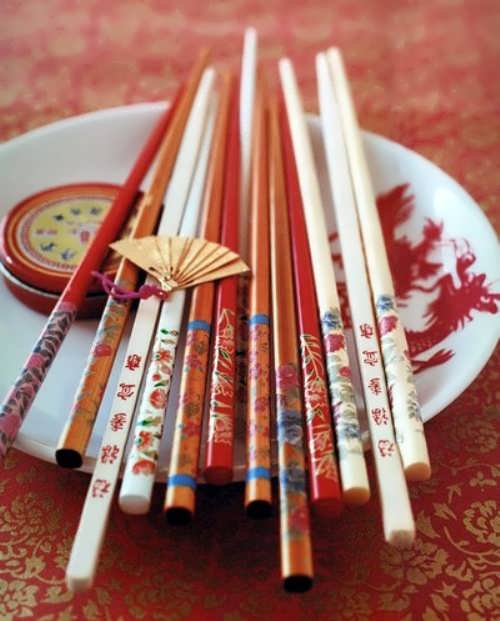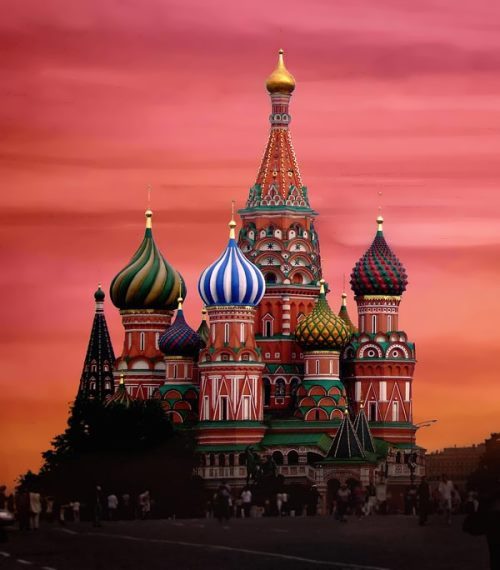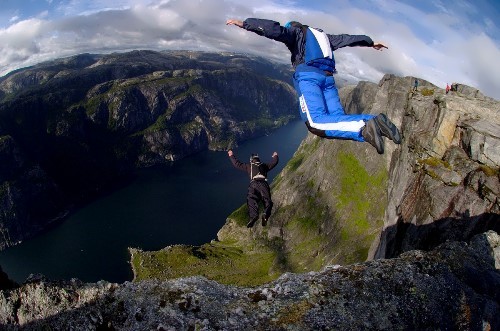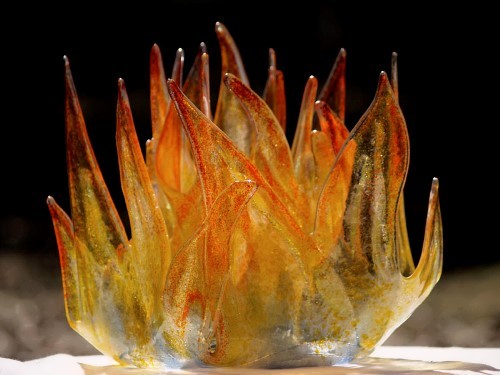History of chopsticks
In much of Asia food is usually eaten with chopsticks. Chopsticks are two long, thin, usually tapered, pieces of wood. Bamboo is the most common material, but they are also be made of various types of wood, as well as plastic, porcelain, animal bone, ivory, metal, coral, agate, and jade.
Royal families and aristocrats preferred silver ones, believing in the metal’s capacity to detect arsenic.
Today chopsticks can be made of coral, agate, jade, silk, plastic, horn, porcelain, animal bone, and stainless steel. Truly elegant chopsticks might be made of gold and embossed in silver with Chinese calligraphy.
Chopsticks may be totally smooth or carved or modeled ripples. Silver or gold paint can be used to give them a rough texture. In Thailand, wood is often elaborately carved into chopsticks. The ends of chopsticks can be rounded or squared, while the tips can be blunt or sharp.
More »






